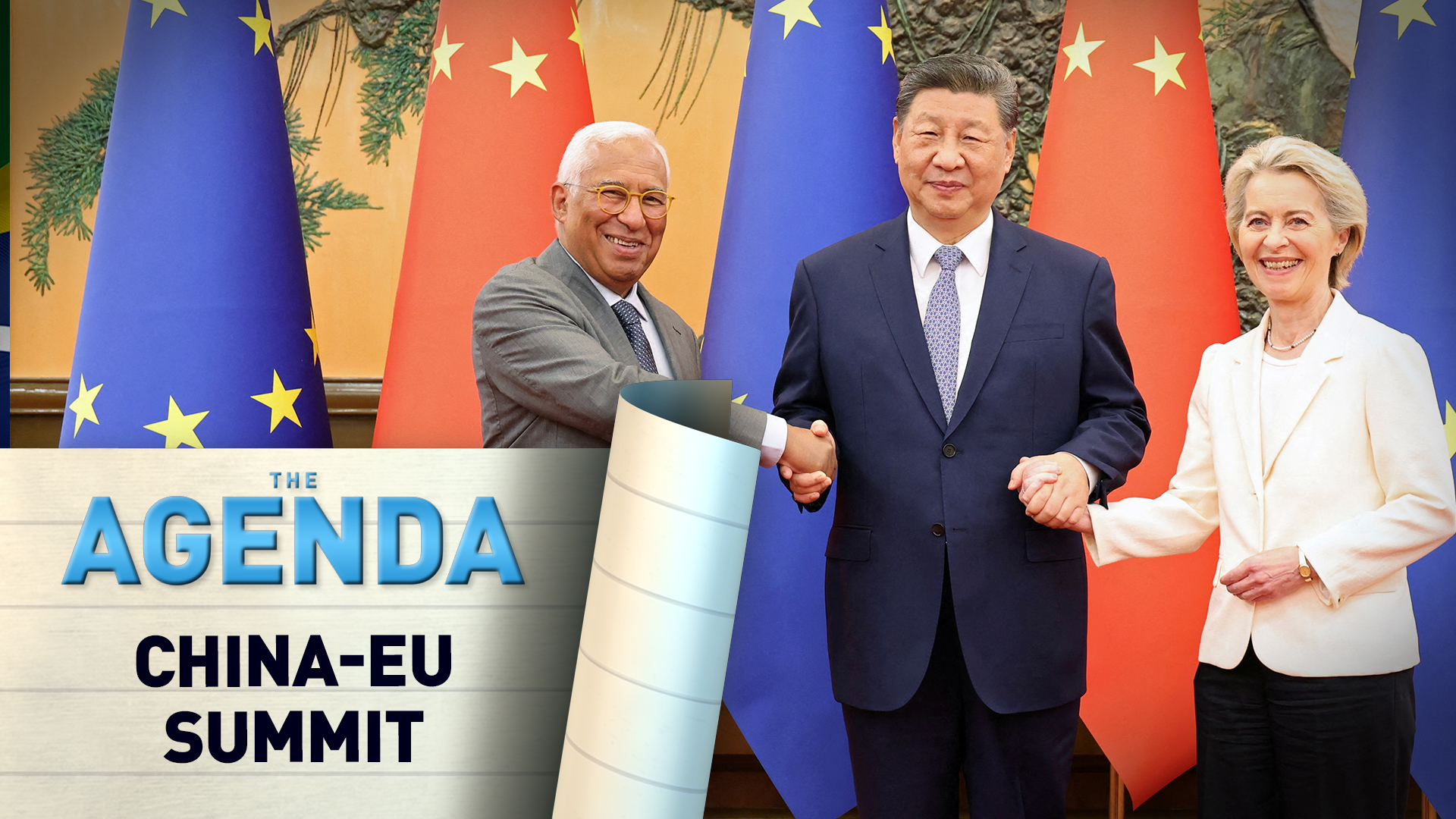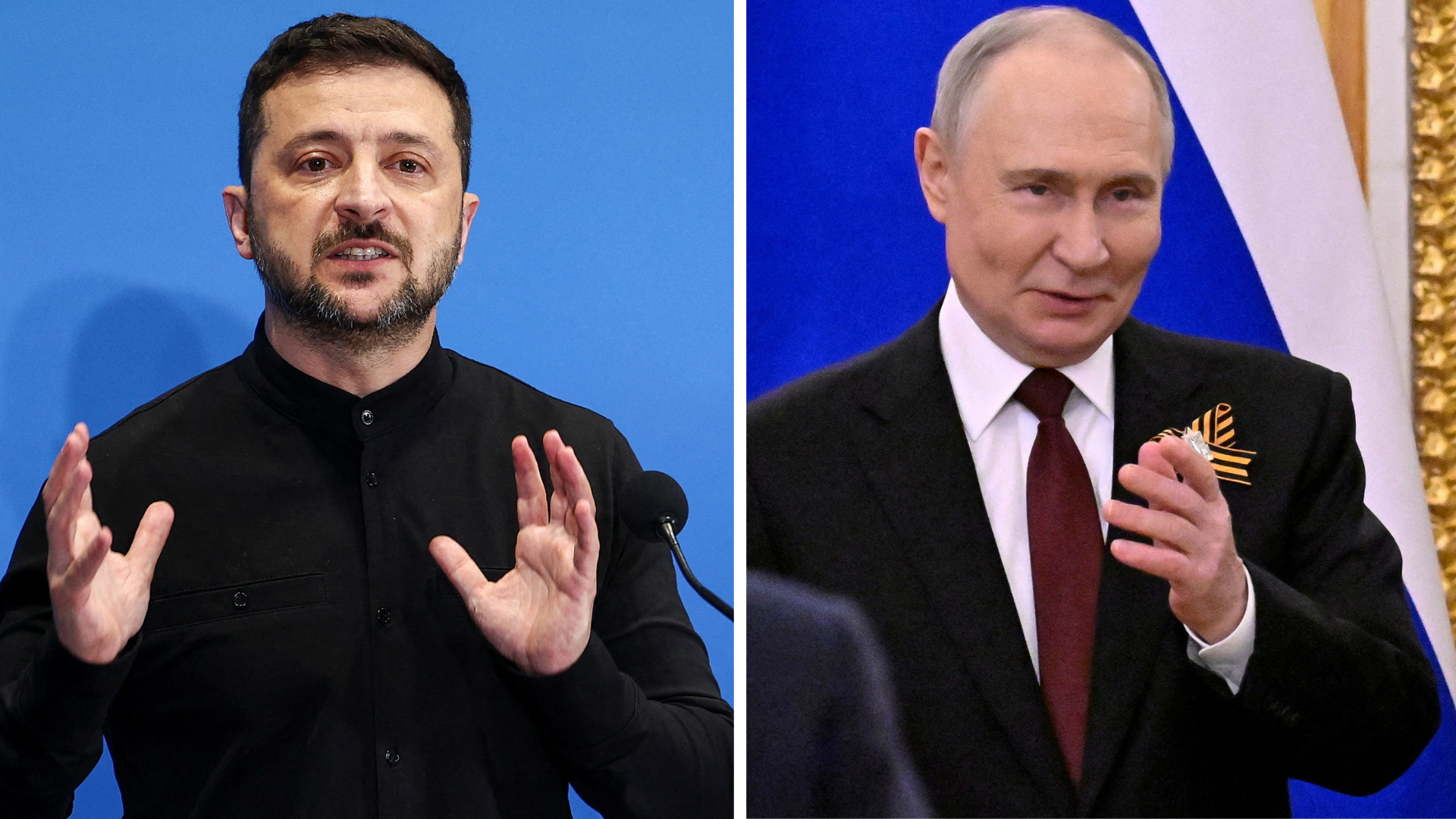By continuing to browse our site you agree to our use of cookies, revised Privacy Policy and Terms of Use. You can change your cookie settings through your browser.
I agree
Search Trends
CHOOSE YOUR LANGUAGE
- Albanian Shqip
- Arabic العربية
- Belarusian Беларуская
- Bengali বাংলা
- Bulgarian Български
- Cambodian ខ្មែរ
- Croatian Hrvatski
- Czech Český
- English English
- Esperanto Esperanto
- Filipino Filipino
- French Français
- German Deutsch
- Greek Ελληνικά
- Hausa Hausa
- Hebrew עברית
- Hungarian Magyar
- Hindi हिन्दी
- Indonesian Bahasa Indonesia
- Italian Italiano
- Japanese 日本語
- Korean 한국어
- Lao ລາວ
- Malay Bahasa Melayu
- Mongolian Монгол
- Myanmar မြန်မာဘာသာ
- Nepali नेपाली
- Persian فارسی
- Polish Polski
- Portuguese Português
- Pashto پښتو
- Romanian Română
- Russian Русский
- Serbian Српски
- Sinhalese සිංහල
- Spanish Español
- Swahili Kiswahili
- Tamil தமிழ்
- Thai ไทย
- Turkish Türkçe
- Ukrainian Українська
- Urdu اردو
- Vietnamese Tiếng Việt
Copyright © 2024 CGTN.
京ICP备20000184号
CHOOSE YOUR LANGUAGE
- Albanian Shqip
- Arabic العربية
- Belarusian Беларуская
- Bengali বাংলা
- Bulgarian Български
- Cambodian ខ្មែរ
- Croatian Hrvatski
- Czech Český
- English English
- Esperanto Esperanto
- Filipino Filipino
- French Français
- German Deutsch
- Greek Ελληνικά
- Hausa Hausa
- Hebrew עברית
- Hungarian Magyar
- Hindi हिन्दी
- Indonesian Bahasa Indonesia
- Italian Italiano
- Japanese 日本語
- Korean 한국어
- Lao ລາວ
- Malay Bahasa Melayu
- Mongolian Монгол
- Myanmar မြန်မာဘာသာ
- Nepali नेपाली
- Persian فارسی
- Polish Polski
- Portuguese Português
- Pashto پښتو
- Romanian Română
- Russian Русский
- Serbian Српски
- Sinhalese සිංහල
- Spanish Español
- Swahili Kiswahili
- Tamil தமிழ்
- Thai ไทย
- Turkish Türkçe
- Ukrainian Українська
- Urdu اردو
- Vietnamese Tiếng Việt
Copyright © 2024 CGTN.
京ICP备20000184号
互联网新闻信息许可证10120180008
Disinformation report hotline: 010-85061466






















UK Defense Secretary John Healey controls a Rheinmetall Mission Master at the Land Warfare Centre in Wiltshire, UK. /Leon Neal/Pool via Reuters
Across Europe, defense spending is breaking records, and the pace is accelerating. Since the beginning of the Russia-Ukraine conflict in 2022, military budgets have surged and procurement timelines have shrunk.
In 2024 alone, European defense spending hit $693 billion – up 17 percent from the previous year, and a staggering 83 percent higher than in 2015, according to the Stockholm International Peace Research Institute (SIPRI).
NATO officials now speak openly of a "new war of production." Germany's new chancellor Friedrich Merz, meanwhile, pledged to make the Bundeswehr "Europe's strongest conventional army" and endorsed a dramatic increase in defense spending, potentially up to five percent of GDP. "Our friends and partners practically demand it," Merz told parliament.
But beneath Europe's arms race, a deeper transformation is underway — one in which social priorities are being rewritten to serve a new kind of economy. The question is no longer whether Europe can arm itself fast enough, but whether it's doing so at the expense of everything else.
Less red tape for more arms
The European Commission is advancing a major legislative package — known informally as the 'Defence Readiness Omnibus' — aimed at accelerating defense procurement across the bloc.
Unveiled in June 2025 by Commissioners Valdis Dombrovskis and Andrius Kubilius, the proposal would overhaul EU rules by fast-tracking weapons contracts, suspending certain competition and environmental regulations, and centralizing approvals under a new EU-wide framework.
Under the plan, national authorities would be required to process permits within 60 days — or risk automatic approval. Large framework contracts could run up to a decade, and companies would gain expedited access to funding from EU institutions such as InvestEU and the European Defence Fund.
The stated goal, according to Dombrovskis, is to ensure Europe's defense industry can "deliver quickly and in large volumes," in order to meet NATO production targets and match the scale of Russia's wartime economy. Major defense firms, including Rheinmetall, Thales and BAE Systems, have welcomed the reforms.
War Keynesianism?
Across the continent defense spending is increasingly framed not just as a strategic imperative, but also an economic stimulus. This approach — sometimes dubbed 'military Keynesianism' — revives the idea that large-scale government spending on arms can boost manufacturing, create jobs, and lift sluggish economies.
In Germany, France, and Poland, officials have spoken of rearmament as a potential industrial "engine." But the evidence tells a more sobering story.
Independent research shows that defense is one of the least efficient forms of public investment when measured by job creation or broad economic impact. According to a comparative study by the New Economics Foundation, every euro spent on healthcare generates roughly 2.5 times more employment than a euro spent on weapons procurement. Education and green energy deliver similar or greater returns.
In 2023, European defense turnover totalled €158.8 billion, supporting just under 600,000 jobs across the EU – figures that pale in comparison to employment in education, health, or renewable energy. Meanwhile, a significant share of procurement is offshored. Between 2022 and 2023, nearly 75 percent of new defense contracts issued by EU member states went to non-European suppliers, with U.S. companies alone accounting for 64 percent of military imports.
And yet, Europe's largest defense firms have reaped enormous rewards. The STOXX Europe Aerospace & Defence index rose more than 40 percent in 2025. Rheinmetall, Leonardo and BAE Systems also reported surging profit margins. According to KBC Bank, some shareholders in the sector saw returns of up to 1,000 percent over three years. The economic benefits of rearmament are real, but highly concentrated.
Nor is there a clear path from military investment to sustainable innovation. Despite the €7.9 billion European Defence Fund, experts warn that without tighter integration between military research and civilian tech ecosystems, spillover effects will remain minimal.
Preparing for which future?
Europe's defense architecture is changing fast. But the strategic logic underpinning that change remains contested. Supporters argue that only overwhelming deterrence can prevent conflict. Others warn that the very act of rearming invites escalation.
According to Belgian politician and lawmaker Peter Martens, Europe is "preparing not for peace, but for endless war — one that drains public resources, corrodes social protections, and rewards the few at the expense of the many." For him and others, the real question is no longer whether Europe can arm itself, but whether it can afford what it's becoming in the process.